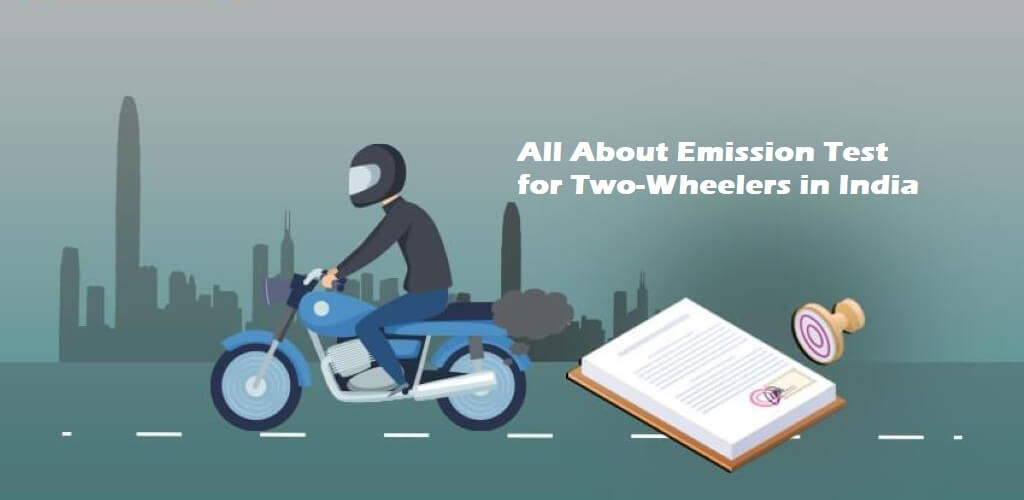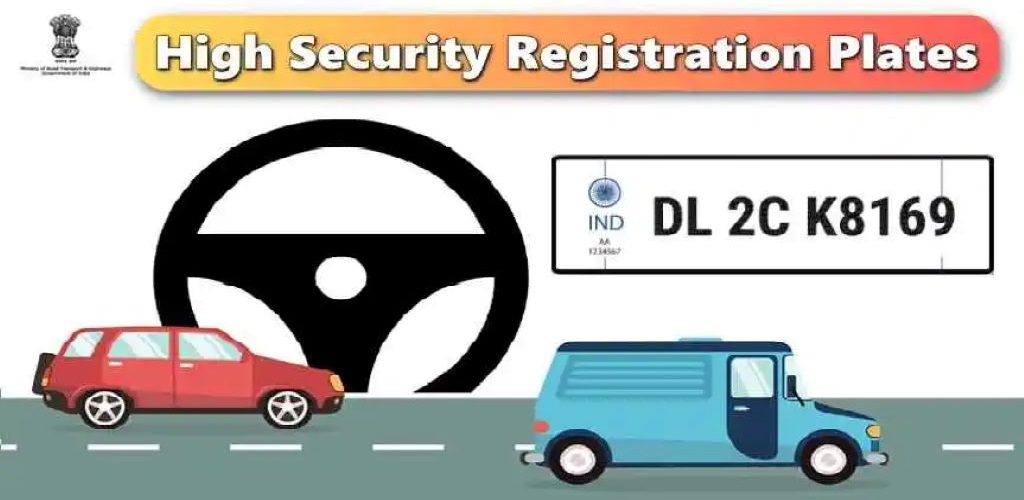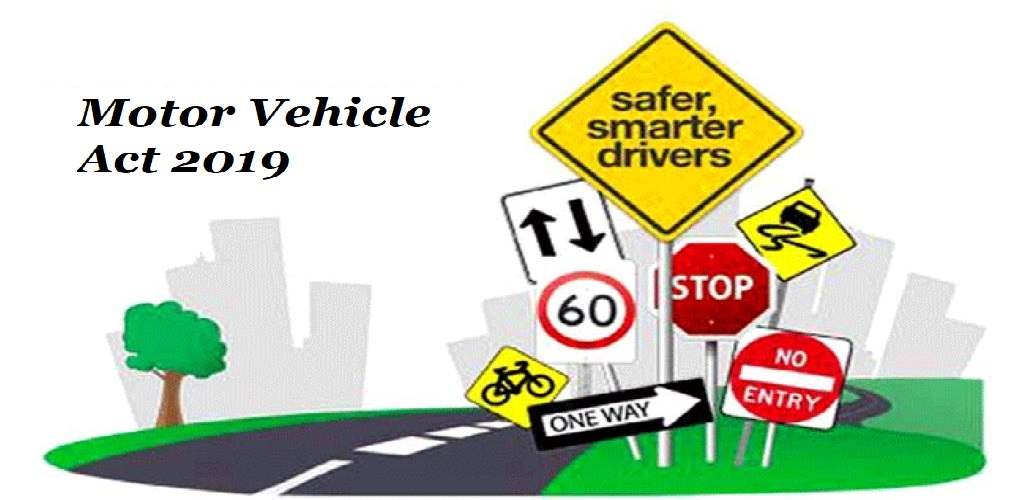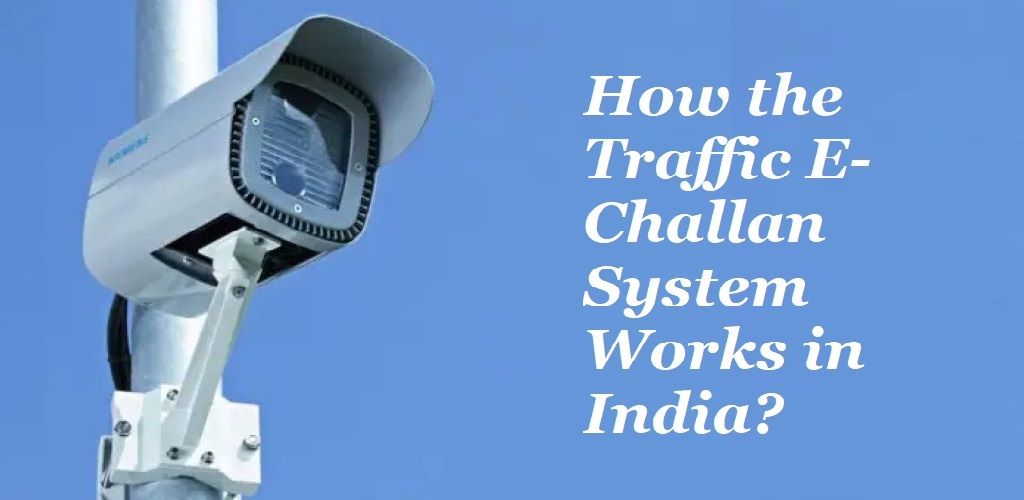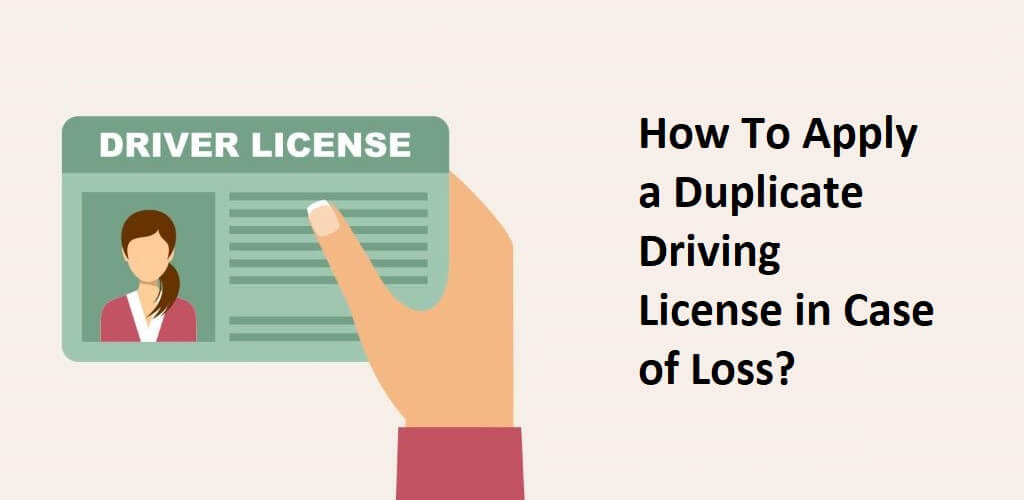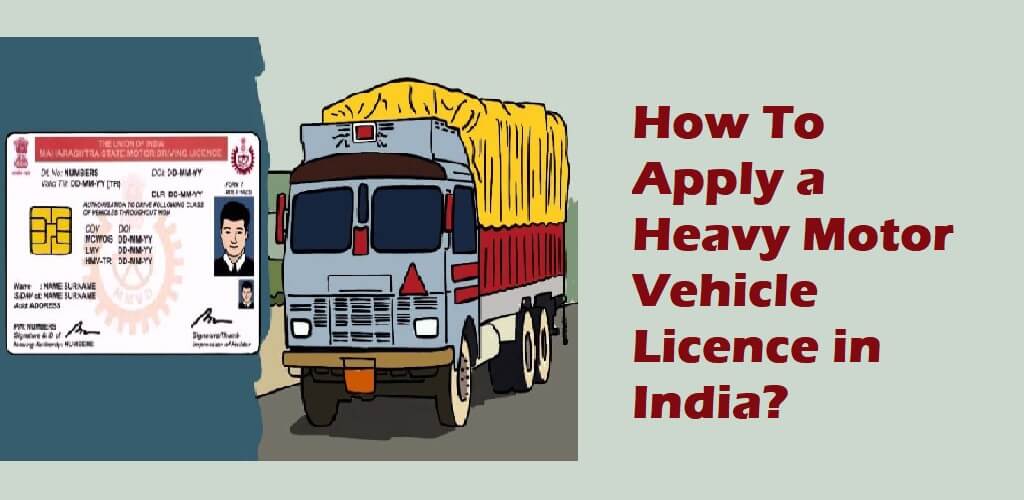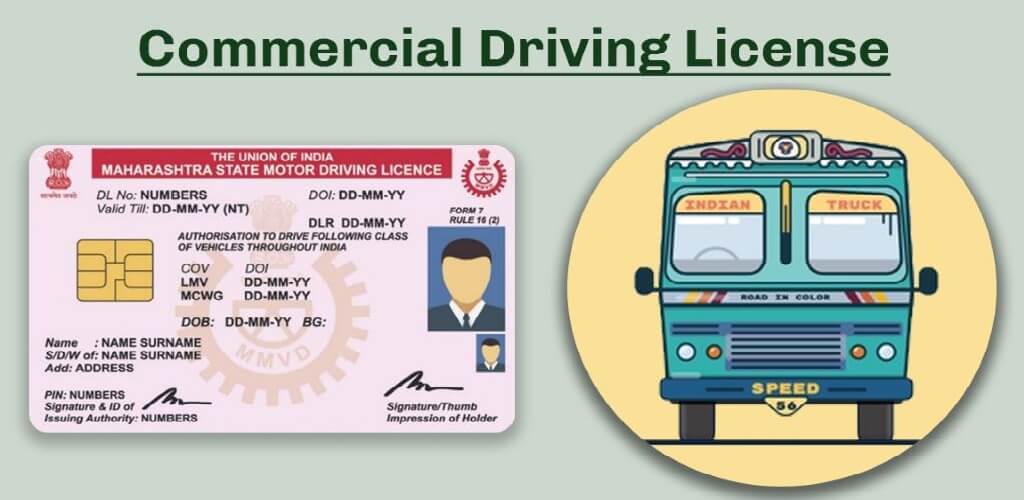The issue of air pollution in India is like a tangled puzzle, demanding our immediate attention in recent years. As mentioned by an IEA report, road transport in India accounts for 20-30% of urban air pollution. Two-wheelers, such as motorcycles and scooters, are a common mode of transportation in the country and contribute significantly to air pollution.
To address this issue, India has embarked on a journey to mitigate the environmental impact of these inescapable vehicles. At the forefront of this initiative is the “Two-Wheeler Emission Test in India”, a critical process designed to ensure that these vehicles adhere to prescribed emission standards.
This article explores the emission testing process for two-wheelers in India, the regulatory framework governing these tests, and the significance of compliance for a greener and healthier transportation landscape in India.
How Emission Test Is Conducted For Two-Wheelers In India?
The two-wheeler emission test is a procedure designed to assess the emission levels of harmful pollutants produced by two-wheelers. During this examination, experts measure the levels of harmful gases like Carbon Monoxide (CO) and other hydrocarbons in parts per million (PPM), according to specific standards.
If the bike meets these standards, the owner gets a Pollution Under Control (PUC) certificate. In adherence to the regulations outlined in the Indian Motor Vehicle rules, it is obligatory for drivers to carry this official document while operating their vehicles on public roads.
Now let’s understand how this examination is carried out generally:
- The bike owners need to visit any of the authorized testing centers.
- The testing will then use some specialized equipment to conduct the emission test. The equipment will measure the level of CO and other pollutants.
- Now the results will be recorded and compared against the prescribed limits set by the government.
- In case the bike passes the test, the owner will receive a PUC certificate; whereas, if the bike does not pass the test, the owner will be provided with some important information to meet the standards.
Importance Of PUC Certificate For Two-Wheelers
Having a two-wheeler PUCcertificate is important in India for several reasons:
Compliance With Legal Standards & Requirements:
In India, you must have a PUC certificate, according to the rules for motor vehicles. If you drive without it, you could face fines from traffic authorities.
Moreover, emission testing is crucial to ensure that two-wheelers follow the government’s emission standards. These tests aim to reduce the release of pollutants that can harm air quality and health.
Saves Environment:
Global pollution is a pressing issue, with a PUC certificate crucial in curbing two-wheeler emissions. This certificate ensures compliance with specific emission standards, reducing harmful pollutants in the air. Moreover, these standards target pollutants linked to greenhouse gas emissions, such as methane, nitrous oxide, etc.
Not only this, but the PUC certification process also safeguards ecosystems from the adverse effects of air pollutants on soil, vegetation, water bodies, and so on. All such events contribute to a healthier environment.
Protects Public Health:
When two-wheelers pass emission tests, they emit fewer pollutants, making the air cleaner. This helps reduce respiratory issues like asthma and bronchitis. Following PUC certification guidelines, which limit harmful chemicals in the air, also helps with heart and circulatory problems.
Moreover, sticking to PUC standards and cutting exposure to pollutants also lead to a better immune system. This is vital for fighting off infections and diseases.
Renewal Requirement:
The PUC certificate is like a yearly checkup for your vehicle’s emissions. It lasts for one year, and you have to renew it to make sure your vehicle keeps meeting emission standards.
The IRDAI (Insurance Regulatory Development Authority of India) says that if you want to renew your vehicle insurance, you must have a valid PUC certificate as part of the necessary paperwork.
Encouraging Vehicle Maintenance:
Having a two-wheeler PUC certificate encourages vehicle owners to keep their vehicles in good shape, so they run well and emit fewer pollutants. This certificate shows that your vehicle’s engine is doing its job efficiently.
Also, bikes that are well taken care of and follow emission rules usually cost less to maintain. If you fix emission-related problems early, you can avoid bigger and more expensive repairs.
What are the standards/criteria for emission testing in India?
India controls vehicle emissions through the Bharat Stage (BS) standards. In April 2020, India switched to BS-VI standards, which are quite similar to Euro-6/VI norms. This quick shift happened in just three years, jumping from BS-IV to BS-VI. Here are the emission standards for two-wheelers in India!
| Types Of Two-Wheeler | CO (%) | Hydrocarbon Released (Parts Per Million) |
| 2 Wheelers – 2 OR 4 Stroke (Manufactured on or before 31st March, 2000) | 4.5 | 9000 |
| 2 Wheelers – 2 Stroke (Manufactured after 31st March, 2000) | 3.5 | 6000 |
| 2 Wheelers – 4 Stroke (Manufactured after 31st March 2000) | 3.5 | 4500 |
What Details Does A PUC Certificate Include?
A PUC certificate generally includes the following details:
- Date of PUC test
- Serial number of PUC certificate
- The expiry date of the PUC certificate
- Registration number of two-wheeler
Frequently Asked Questions
The move to BS-VI standards marks a substantial advancement in emission control, aligning with global norms and striving to reduce vehicular pollution in India.
In line with regulations, two-wheeler emissions testing should occur annually or as specified by the regional transport authority.
No. It’s essential to visit authorized testing centers approved by the government to ensure accurate and valid test results.
Not having a valid emissions certificate can lead to penalties, fines, or even the suspension of vehicle registration by the authorities.
No. Since electric vehicles do not produce tailpipe emissions, they are exempted from session testing. However, they may still need to comply with other regulatory requirements.

